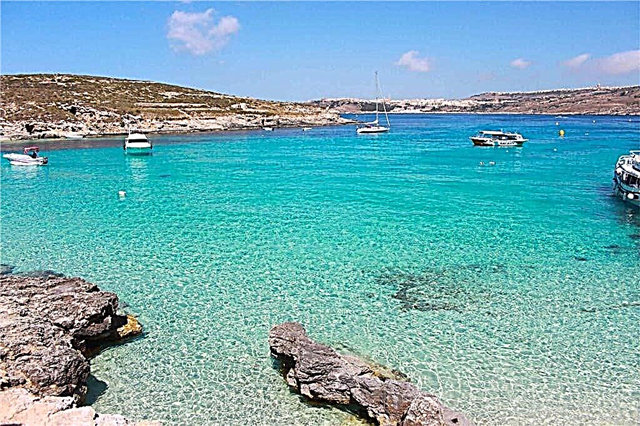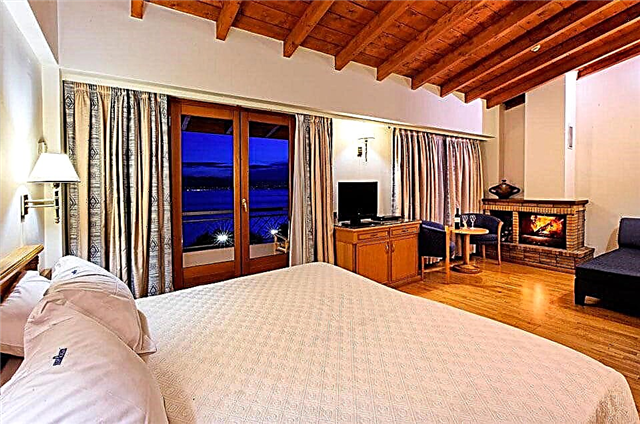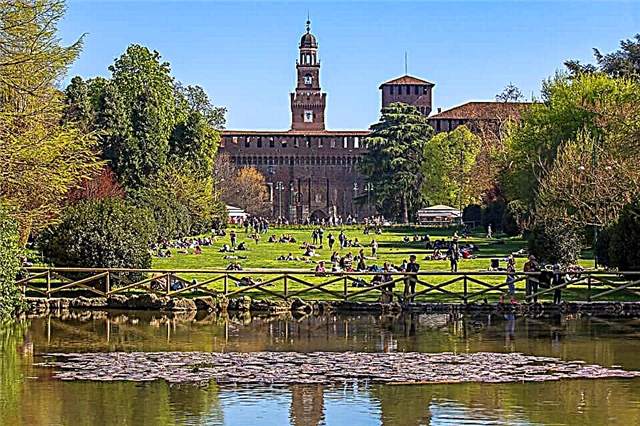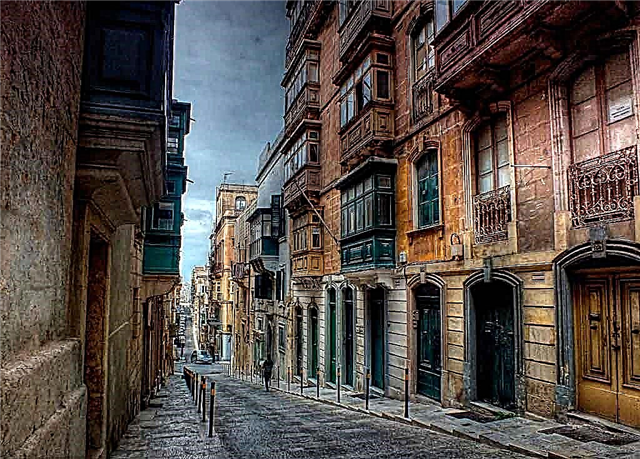Malta is a miniature island state in the Mediterranean, which has neither mountains nor rivers, but boasts a history rich in amazing events. It holds the record for the density of cultural and historical monuments, boasts unique architecture and always hospitable people. Our review contains only the freshest and most interesting facts about this amazing island country.
How and where to buy cheap flights - read our life hack.

Location features
Although there are 7 islands officially under the jurisdiction of Malta, only 3 of them are inhabited by people and have a developed infrastructure. The state has a unique location, which is located at the intersection of trade routes. Malta boasts the longest trading relationship with Sicily. The islands themselves have neither mountains, nor rivers, nor other sources of drinking water. Therefore, it is not always clear for visitors why local wine is much more expensive than ordinary water.

Until 1964, Malta was a British colony, which could not but affect local traditions. For example, in Malta it is customary to drive on the left side of the street, and there are many reckless drivers among the drivers. English is the second state language and is included in the compulsory school curriculum.

By the way, the name of the Republic comes from the Phoenician word "malat", which translates as "refuge". Since ancient times, the island has been informally known as the "Land of Honey", since a large production of honey has always been developed here.
Public life
Not so long ago in Malta there was an opportunity to acquire citizenship for money. Today this pleasure costs about 650 thousand euros, although this method of obtaining the status does not give any advantages at all. Therefore, if there is no money, but you really want to get citizenship, you can go a longer, but less costly path.

Maltese streets are considered to be some of the narrowest in the world. This layout allows for shade from houses and, according to the indigenous Maltese, can serve as an excellent means of creating defenses in case of an invasion. On the houses themselves, in addition to the usual numbers, you can see the names of their owners.

The main source of income for Malta is considered to be from the tourism business. Tourists bring in a quarter of all state revenues. Up to 1.2 million tourists from all over the world visit the island every year. This is due not only to the unique sights, wonderful climate, but also some interesting myths. For example, one of the most widespread myths says that Malta is part of Atlantis, which once disappeared from the face of the earth.

Equally interesting is the attitude of the Maltese towards marriage. If a person decides to tie the knot with his life, then he can do it only once, and divorce will not work. Also on the islands it is strictly forbidden to have abortions. This taboo is even included in the Basic Law of Malta.

Unusual facts
If you look closer at the Maltese church, you will be surprised to find two clocks. It is said that the clock on the right shows the correct time and is intended for believers. And those that are located to the left are designed to confuse the impure forces that tempt people.

According to scientists, the megalithic Maltese temples have an earlier origin than the famous Egyptian pyramids. Even the English Stonehenge appeared much later.
Thanks to the established close trade between the islands of Malta and Sicily, it was decided to build a bridge between them. Today its length is a record 93 km!
The Maltese are considered one of the most gambling people, so competition is a common thing here.
In addition to tourism services, shipbuilding and electronics are also lucrative in Malta.
One of the most popular holiday destinations for visitors is the islet of Comino, which has an area of only 2 square meters. km. A chic hotel complex has been built on it, which will give you a wonderful vacation in complete privacy. As for the indigenous Maltese, no more than 4-5 people permanently live on the island.

Every second Maltese has to play some musical instrument, and the vast majority of children attend music schools.











